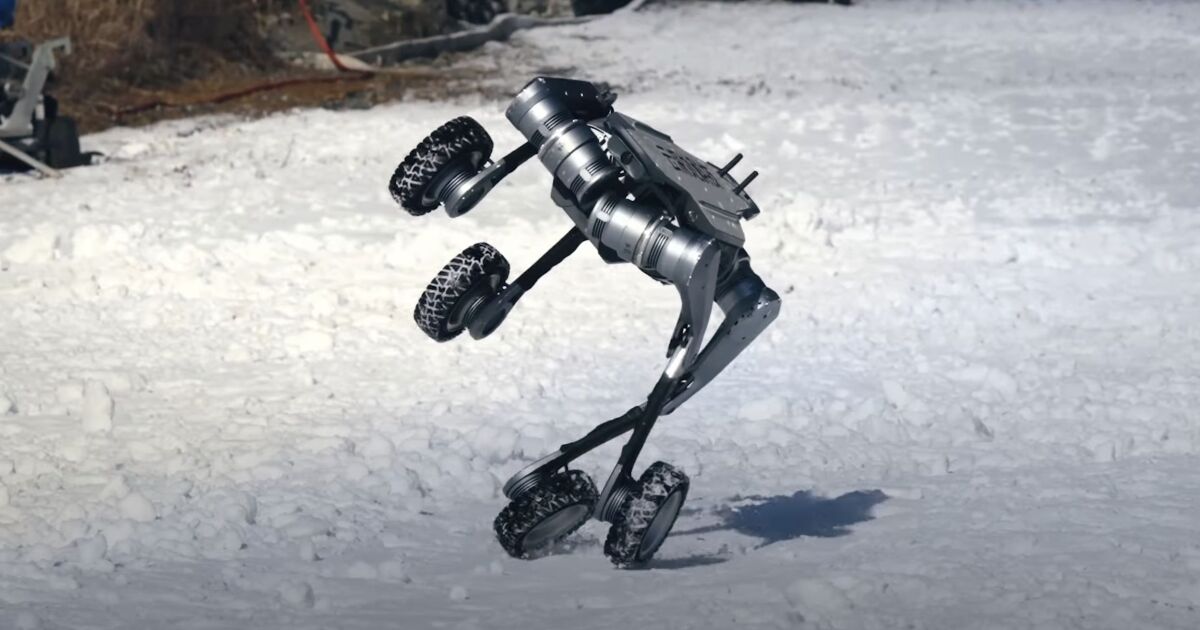NASA announced in a short statement that the Europa Clipper mission will be able to move past its transistor issue and move on towards launch. The mission will have its next major development milestone next Monday before finally saying “yes” to launch.
In an update, NASA shared Europa Clipper “remains on track” to hit its launch window that opens up on October 10. It was also cleared of its transistor issue, which stemmed from determining if they could handle the intense levels of radiation around Jupiter. The statement stated the transistors would be able to support “the baseline mission.”
“The [Europa Clipper] science is so worth it,” said Laurie Leshin, Director of NASA’s JPL, on social media. “We want to be sure we can get every bit of it! Now onward to the final gauntlet of reviews to certify we’re ready for launch and ops!”
The spacecraft will launch on a SpaceX Falcon Heavy rocket, the second major NASA science mission to be launched on it. The $5 billion mission will make its way into an orbit around Jupiter and perform 44 low-altitude flybys of the planet’s moon Europa.
Europa Clipper’s mission will be to study the moon’s surface and potentially confirm the existence of a large subsurface ocean. Because of this believed ocean, Europa is thought to be one of the few locations in our solar system to host life (microbial).
Europa Clipper is a follow-up mission from the Galileo orbiter that orbited Jupiter from 1995 until 2003. While Galileo made several flybys of Europa, it did not study the moon as closely as the Europa Clipper mission will.
If all goes well, at the end of Europa Clipper’s life it will potentially be crashed into Ganymede, another Jupiter moon, and allow ESA’s JUICE mission to study its surface composition.
For now, we wait for Monday’s next major milestone before we might get a formal launch date in the books.
FTC: We use income earning auto affiliate links. More.






